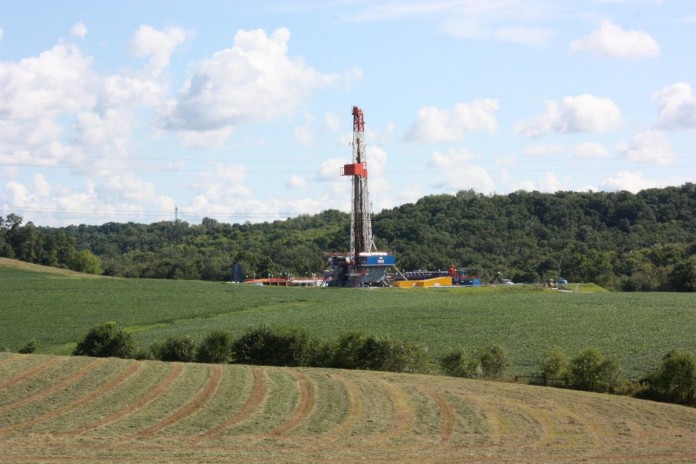SALEM, Ohio — There are lots of reasons why a well may be drilled, but not finished and producing: The operator could be waiting for a pipeline to be connected, a crew to complete the fracking, or the markets to improve,
Or it could be a well drilled to hold a lease, or a test well, and never put into production.
A drilled but uncompleted well (DUC) is a new well that has been drilled, but has not been fracked for the first time and put into production. There is also casing, cementing and other steps that need to be done before a well can start producing.
Why track drilled but uncompleted DUC wells? They are a signal of overall economic health of the oil and gas producers, as well as future production potential.
When producers are under stress, or when the market prices drops, there’s a slowdown in drilling and completion activity. An uncompleted well could also be waiting for a missing piece of the infrastructure puzzle, like an adjoining pipeline.
When prices improve or other market triggers change, operators turn to DUC wells to be able to put them more quickly into production.
There will always be some DUCs, and the U.S. Energy Information Administration says one long-term benchmark is the ratio of DUCs to completions of 2:1 for oil regions and just over 4:1 for gas regions.
The recent high in the Appalachian region was 1,256 drilled but uncompleted wells in February 2014, and the number remained above 1,000 wells nearly 2 1/2 years later. But since July 2016, operators have been chipping away at that total, completing 95 wells in the second half of 2016; 121 wells in 2017; 212 wells in 2018, and 63 wells in the first five months of 2019, according to the EIA.
As of the end of May 2019, there are still 437 drilled, but uncompleted wells in the Appalachian basin of eastern Ohio, West Virginia and Pennsylvania.
Ohio numbers
As of June 15, 2019, Ohio has permitted 3,113 horizontal wells in the Utica and Point Pleasant shale plays, of which 2,626 have been drilled and 2,222 are producing. That means there are 234 drilled wells that are not currently producing.
Another 67 permits have been granted in the Marcellus Shale in Ohio, and 44 of those have been drilled, but only 21 are producing. Of the 44, 23 have been drilled but aren’t producing.











